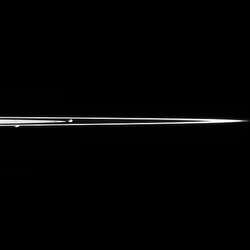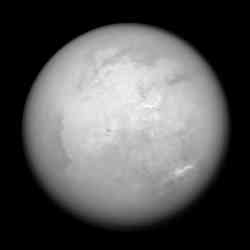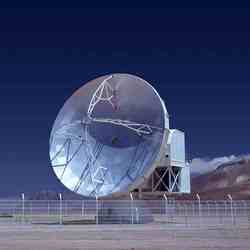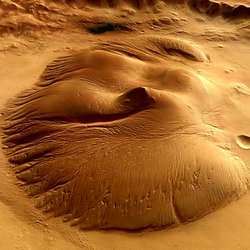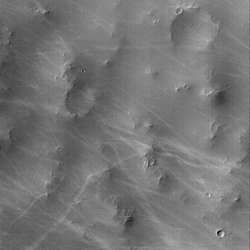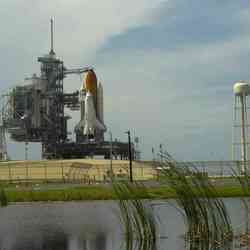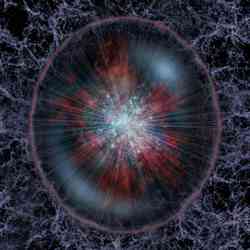
Winston Scott in many ways is a typical NASA astronaut. He had a challenging and aimless youth. Then, through military training, he blossomed into a very capable pilot, instructor and astronaut. Uniquely, he grew up in a fairly impoverished black neighborhood of Miami where music, particularly by playing the trumpet, gave strength to his voice. Later, while at NASA, Scott was a mission specialist on STS-72 and on STS-87. For both he undertook experiments, worked with satellites and tested EVA techniques in the preparation for building the ISS. This is the background for his reflections.
The reflections themselves get presented they way family photographs are presented during a Sunday afternoon lunch at a friend’s house. The prose of the book is all in first person, past tense. Many large colour photographs accompany the narrative. The sensation is of the author standing beside you pointing at the photographs and then giving a rousing rendition of the surrounding activities. There is no real order of events. The book starts with Scott’s childhood, bounces to flight training, returns back to high school then on toward a shuttle launch, back to childhood memories and so on. As a reflection this is fine. As an autobiography, which this book isn’t, this is confusing. But, as long as the tea is fresh and the hot scones keep coming, reading this book is pleasant.
As a series of reflections, this book is strongly emotive. Memories of childhood security, cravings for model aeroplanes and musical embellishments counterpoint space based images of smoke from fires in Kuwait, sleeping where up and down have no meaning and empty blackness that dominates the visual senses. Absent however are Scott’s personal emotions. There is no evidence of love or hate, neither pain nor joy. The descriptions themselves whilst obviously from first person experience, have more the style of an art student than a master like Picasso. Further, the occasional use of quoted dialogue adds to the authenticity but seldom to the content.
This lack of content is where Scott misses his opportunity. From his unique background and recent views as a successful astronaut, he should have been able to build an inspiring compilation of powerful experiences. Their rendition could then have propelled other youths forward. However, he doesn’t. He waxes on about views he saw and events that transpired but he never equates these to feelings or to resolutions. There isn’t anything to grab on to and say, ‘gee, I can do that and maybe I can also ascend to the stars!’. Further, precious little technical information makes the text little use as a reference. Given these short comings, there really doesn’t seem to be significant value inside these pages. If you were to read without the tea and scones, there wouldn’t even be the satisfaction of a full belly.
An elder statesman’s best role can be to pass on knowledge. In so doing, they inspire and guide fledglings to new heights. William Scott book Reflections from Earth Orbit presents some unique and colourful descriptions from his experience as a NASA astronaut and an elder statesman. Provide this book as an incentive and it may just entice a young one to soar.
Click here to visit Amazon.com and read more reviews online or purchase a copy.

